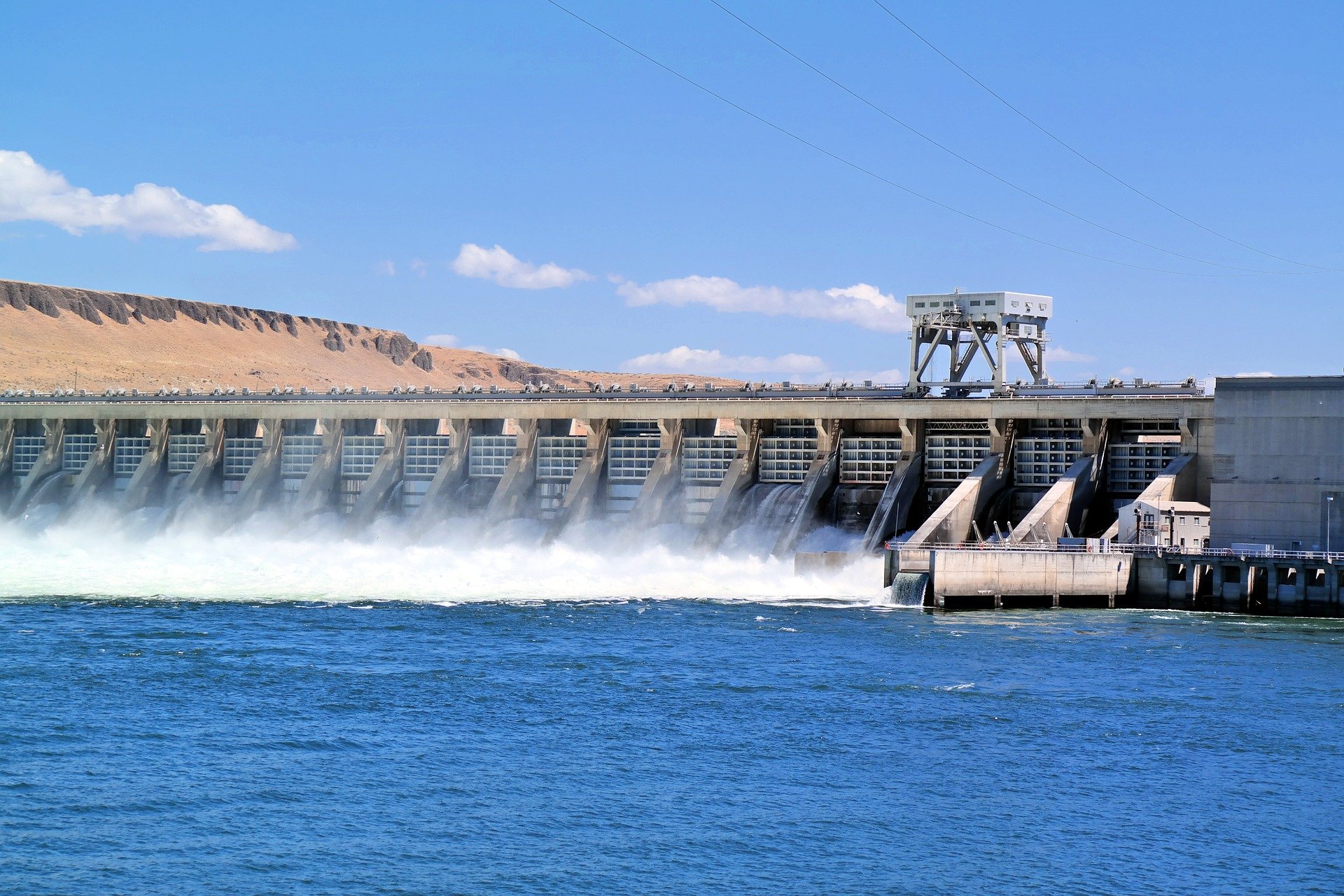
Integration of Resilience Standards – A Critical Necessity for a Sustainable Future
A reform is the sign of change, a reform is a reckoner of the efforts taken to upgrade, better and add value to the existing. A reform to the infrastructure sector is being necessitated as we enter an age of increasing uncertainties. The global pandemic, its related impacts of the overall way of life and the potential need for a sustainable and safe future mandate a critical rethinking of key sectors of our lives.
The infrastructure sector is one of the mainstays for an emergent economy and reforms within will usher wide spread change to the quality of life of communities. The sector faces a series of challenges with the onslaught of the changing weather patterns, the inexplicable impacts of changing climate and the existing knowledge base is being continually tested due to the rising vagaries of climate change. This includes the increasing intensity of weather elements like rains, floods, winds, cyclones, earthquakes and the changing frequency of such events has an adverse impact on the time availability for self-preservation or remedial actions to be undertaken.
In this situation, the resilience standards are the need of the hour as they provide a reliable, measurable safety standard to guide the sector and enhance accountability.
The ISO 14090:2019 is one such standard which impacts on a wide ranging issues of construction, management and planning. It builds a scalable pathway to other global commitments including the Sendai Framework for Disaster Risk Reduction (SFDRR) and the Sustainable Development Goal’s (SDG). The standard direct complements SDG 9: Build resilient infrastructure, promote sustainable industrialization and foster innovation with strong interlinkages with SDG 13: Take urgent action to combat climate change and its impacts.
The ISO 14090:2019 standard creates scope for resilience management as it has Guidance on tools, adaptive capacity, and systems thinking and promotes tailored solutions. This leads to a wider uptake in midst of users who find the standards enabling in its approach becomes practitioners over time (using it across projects).The standard covers any organization, can be applied at any stage of action, has a multitude of options for uptake like assessments methods for climate change impacts, has a healthy flexibility as it allows of limited or full scale incorporation, has scope for local contextualized solution in line with the broader standard, and above all remains scalable all through. The novelty is also that the standard is not prescriptive but enabling which leads to users entering the field of adaptation management can actually start with taking up some aspects of the standards and grow with it over time. In doing so, it ensures that at no matter what stage they are at in climate change adaptation, even if they are just starting out to those already engaged in adaptation, to those choosing to lead the way, they use the standard. The standard is relevant to all sizes and types of organizations where their activities, products and services might be threatened by, or in some cases able to take advantage of, climate change.
The standard can further be improved with the creation of interdependencies with other actions, awareness raising, incentivizing and building synergy between climate change adaptation and mitigation measures. The focus on low-cost remedial measures of existing infrastructure including promotion of techniques like retrofitting of structures also needs to be promoted. This will create a stronger acceptance of the standards and its utility across the user groups, consumers and other actors including decision makers, civil society and public to understand the standard in its entirety. This will further lead to the enhanced safety and security of society, building its economic, environmental, and social well-being.
By Dipankar Chyau Patnaik, Team Leader, Community Mobilization & Environmental Improvements (CMEI) at West East Development Cambodia (WEDC) and Padek (consulting partnership)
The views and opinions expressed in this blog are those of the author and do not necessarily reflect those of the Coalition for Disaster Resilient Infrastructure (CDRI).
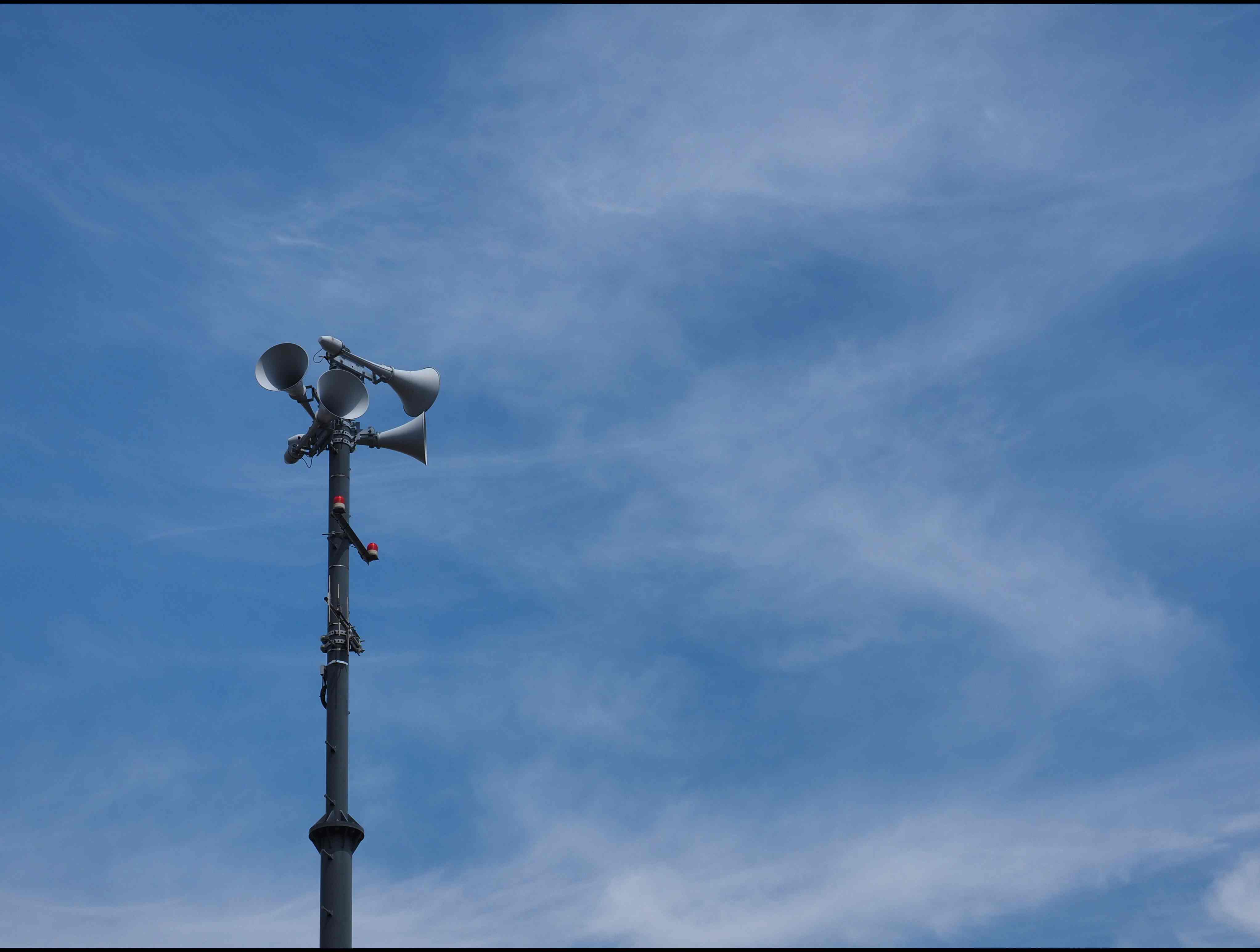

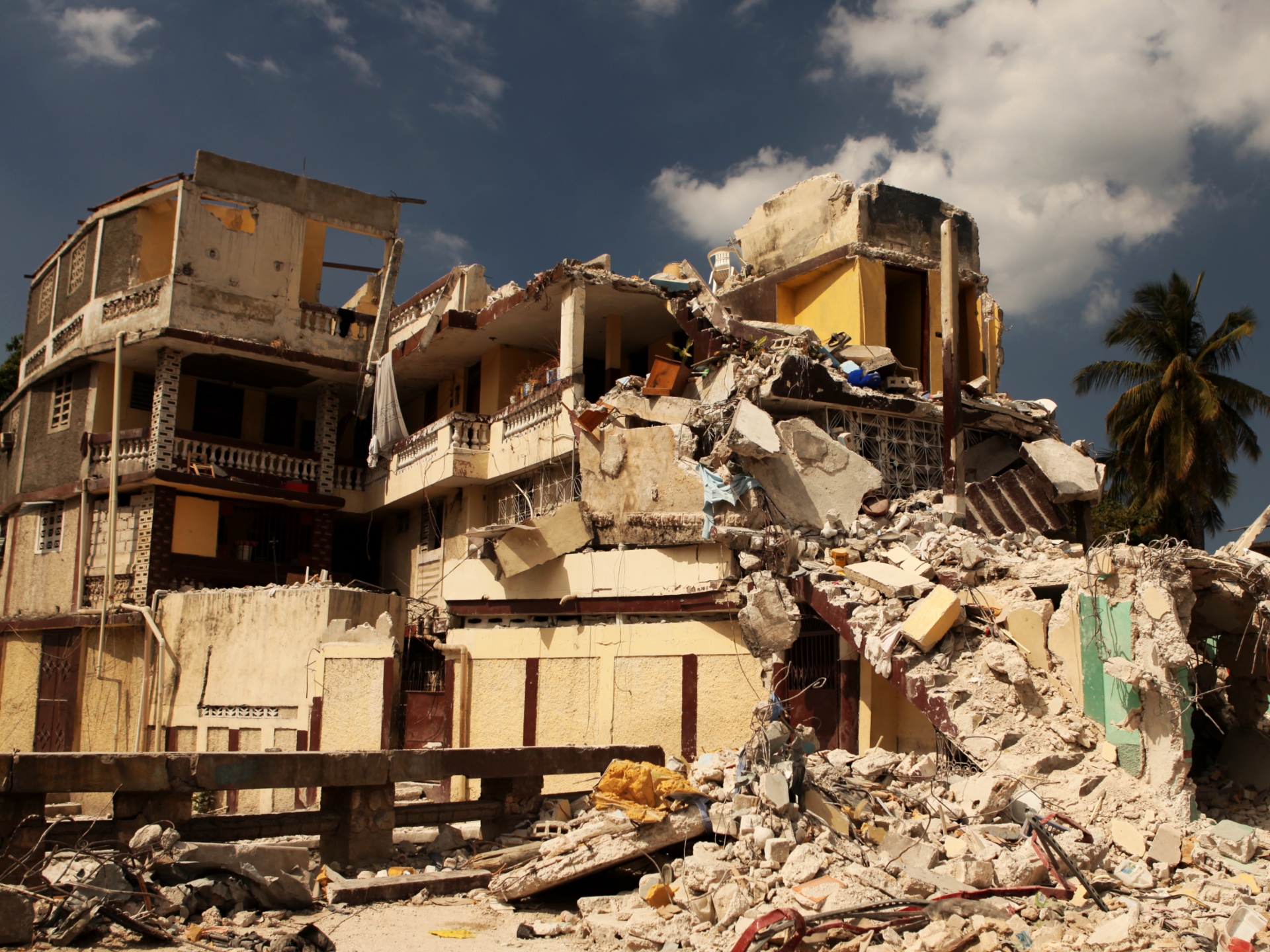
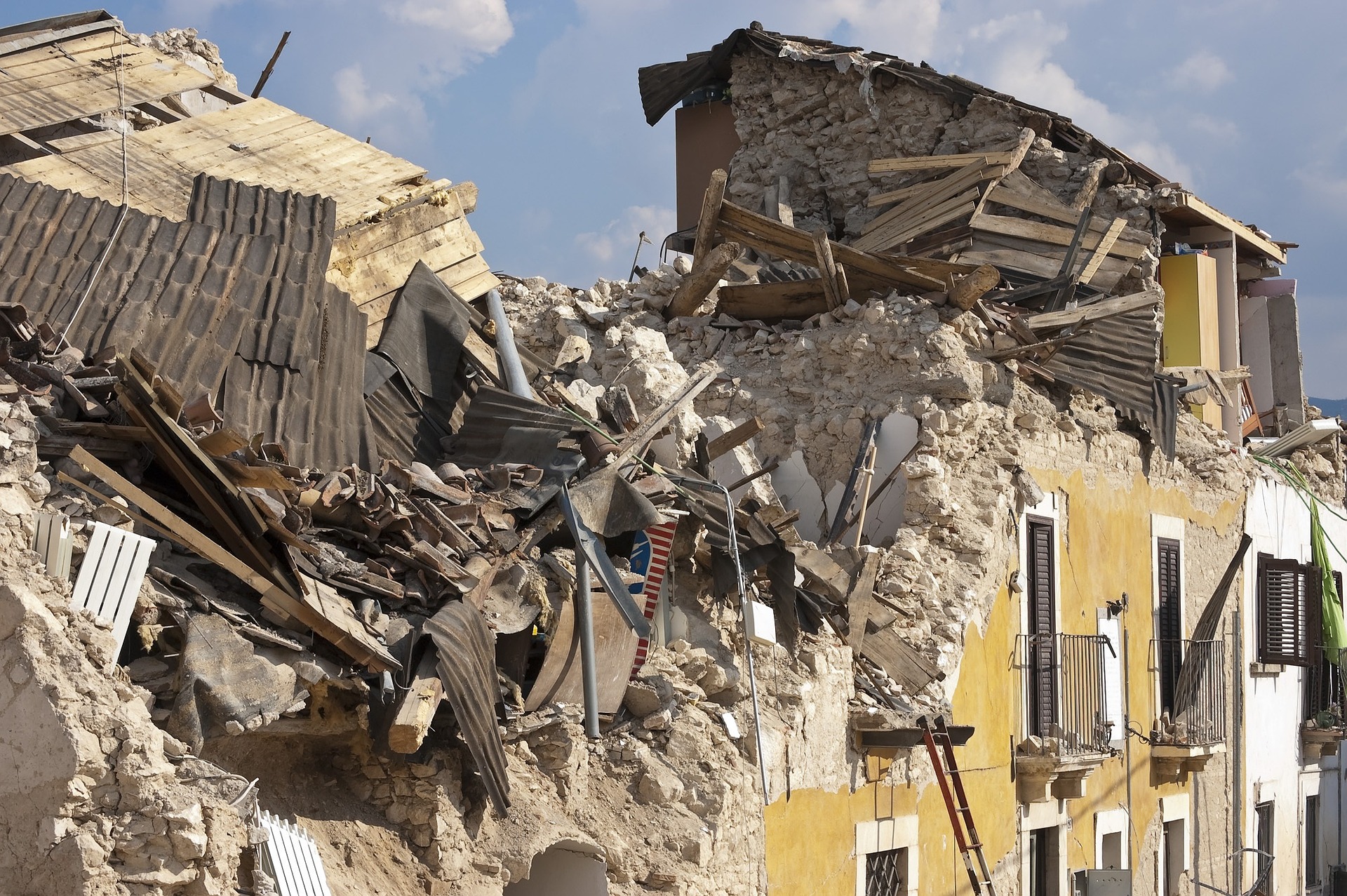
.jpg)
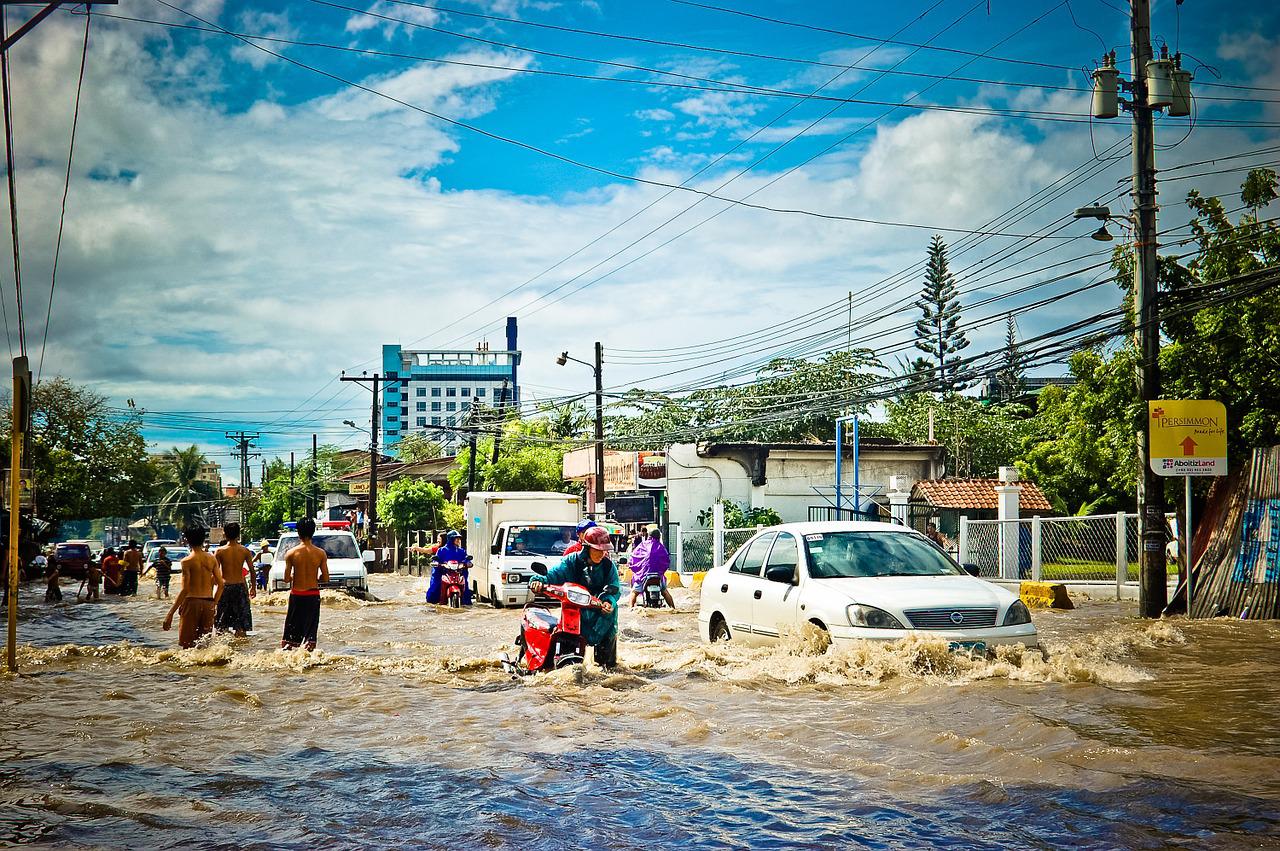
.jpg)
